What are national parks and national monuments? We will introduce you to recommended spots in Mie Prefecture♪
掲載日:2022.01.24
When many people hear the words "national park" and "quasi-national park," they tend to have a vague image of a place blessed with nature. However, many people may not know what kind of place it specifically refers to.
This time, we will explain the definitions and differences between national parks and quasi-national parks, as well as things you can do within these parks. We will also introduce national parks and quasi-national parks within Mie Prefecture, so if you are interested or are planning a trip to Mie Prefecture, please check it out!
▼Table of contents
- National Parks and National Monuments
- What is a national park?
- What is a national park?
- Difference between national park and national monument
- What you can do in national parks and national monuments
- Ise-Shima National Park
- Yoshino-Kumano National Park
- Suzuka Quasi-National Park
- Murou Akame Aoyama Quasi-National Park
- summary
National Parks and National Monuments
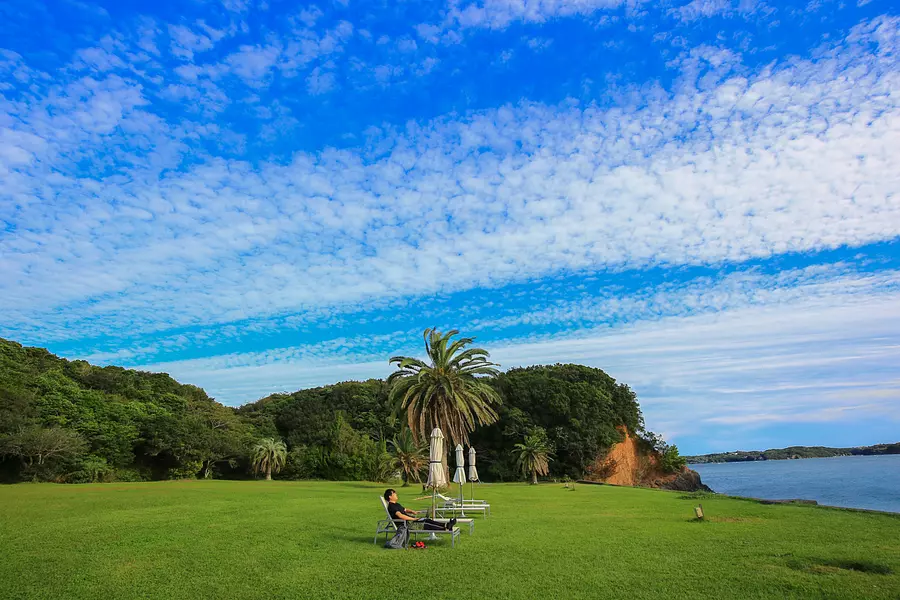
National parks and quasi-national parks are both nationally designated "natural parks."
A natural park is a park designated primarily for the purpose of ``protecting and promoting the use of outstanding natural scenery,'' and covers a wide range of natural beauty, including scenic areas in the sea. I am.
In addition, in order to allow as many people as possible to enjoy contact with nature, we are working to improve various facilities and provide necessary information so that people can comfortably use the site as a "recreation place to get close to nature." It is being promoted.
What is a national park?
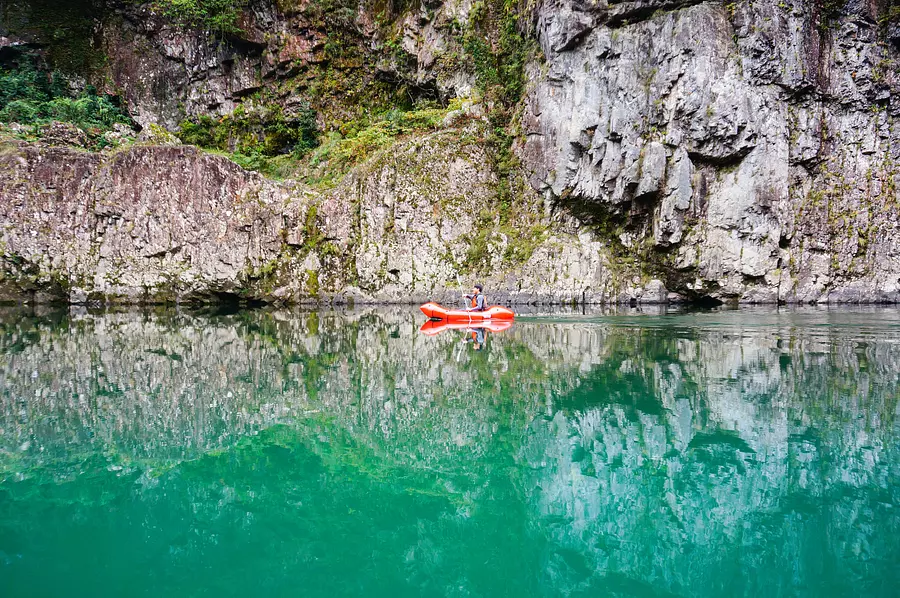
National parks refer to natural parks designated by the Minister of the Environment based on the Natural Parks Act.
It is managed by the national government, and the requirements for designation are that it be an ``outstanding natural landscape that represents Japan and can be proud of around the world.''
The standards for designating a national park are strict, and in addition to scenic beauty, a park must meet various criteria such as size, naturalness, and convenience as a recreation area. Therefore, there are only 34 national parks in Japan (2 in Mie Prefecture).
It is truly one of Japan's most kachiji, and its picturesque scenery provides healing and inspiration to many people.
Another point is that seven of the national parks include World Heritage Sites. For example, World Heritage Sites such as Yakushima, Shiretoko, and Itsukushima Shrines are located within national parks and are internationally protected as human assets that should be passed on to the future.
What is a national park?

On the other hand, quasi-national parks are also natural parks designated by the Minister of the Environment based on the Natural Parks Law.
It is managed by each prefecture, and a requirement for designation is that it be an ``outstanding natural landscape equivalent to that of a national park.''
There are more quasi-national parks than national parks, with 58 quasi-national parks scattered throughout the country (2 in Mie Prefecture).
Furthermore, just because quasi-national parks are "second in scenic beauty after national parks" does not mean that they are significantly inferior to national parks. The standards for designating national parks continue to change with changing times and values, so even if a park is currently a national park, it is likely that its evaluation will be reviewed in the future and it may be upgraded to a national park. .
Today's famous national parks, such as Amami Gunto National Park and Rishiri Rebun-Sarobetsu National Park, are also known to have once been quasi-national parks.
Difference between national park and national monument
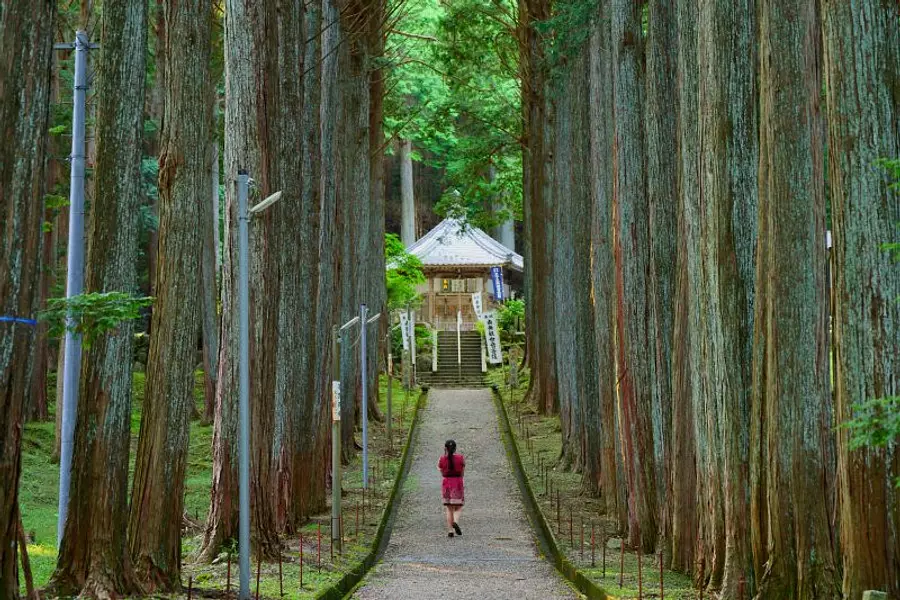
National parks and quasi-national parks are the same in that they are "parks designated by the Minister of the Environment based on the Natural Parks Act."
However, as mentioned above, the requirements for designation are that national parks must be ``an outstanding natural landscape that represents Japan and can be proud of around the world,'' and quasi-national parks must be ``an outstanding natural landscape that is equivalent to a national park.'' ” There is a slight difference in evaluation.
In addition, the important point is that the managers are different: national parks are in charge of the country, and quasi-national parks are in charge of prefectures. Regarding the execution of park projects such as facility protection and road maintenance, in the case of national parks, the national government makes decisions, but in the case of quasi-national parks, prefectural governors make decisions.
What you can do in national parks and national monuments
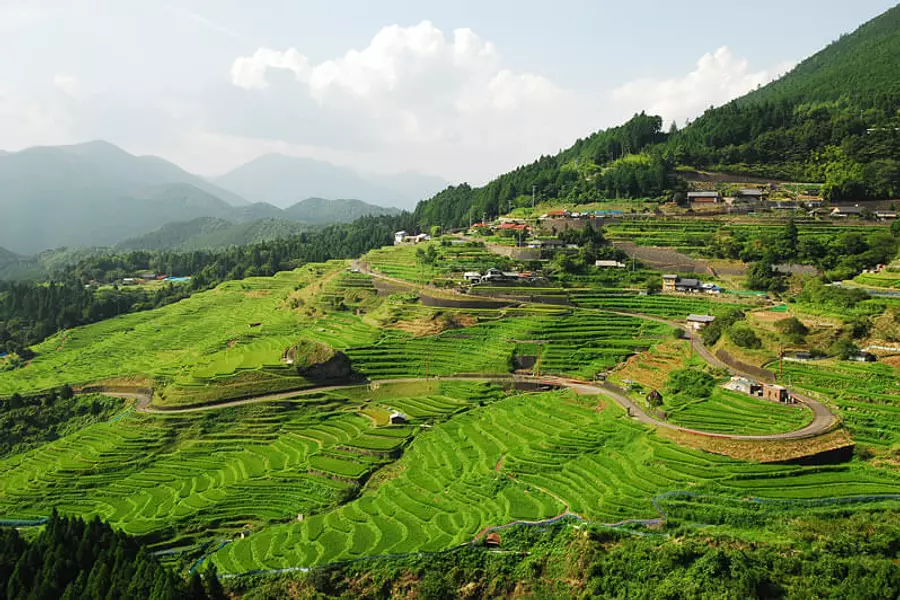
In some countries, like the United States, most of the land in national parks is state-owned, but most of Japan's national parks and quasi-national parks are privately owned, so it is possible to experience the lives and culture of local people. . In some cases, historical sites and ruins remain within the park, allowing you to feel the beautiful harmony of nature and history and culture.
Another great attraction is that it is a recreational area where you can get close to nature and experience a variety of activities such as hiking, marine sports, and camping! It is no exaggeration to say that national parks and quasi-national parks are places where you can enjoy Japan's nature and culture with all five senses.
From the next section, I would like to introduce the national parks and quasi-national parks in Mie Prefecture, so if you are interested, please come and visit us!
Ise-Shima National Park
Ise-Shima National Park is a national park located in central Mie Prefecture that covers the Shima Peninsula and its surroundings.
It was designated as a national park in 1946 and is roughly divided into two areas. One is the inland area centered on IseJingu and the mountains that spread out in the background, and the other is the coastal area where you can enjoy the elegant scenery created by numerous large and small islands and coves. Another major feature is that the proportion of privately owned land is extremely high at over 96%.
Particularly recommended spots in Ise-Shima National Park are IseJingu and British Prisoner's Bay.
If you are interested in this area, please visit the Ise-Shima National Park special website ♪
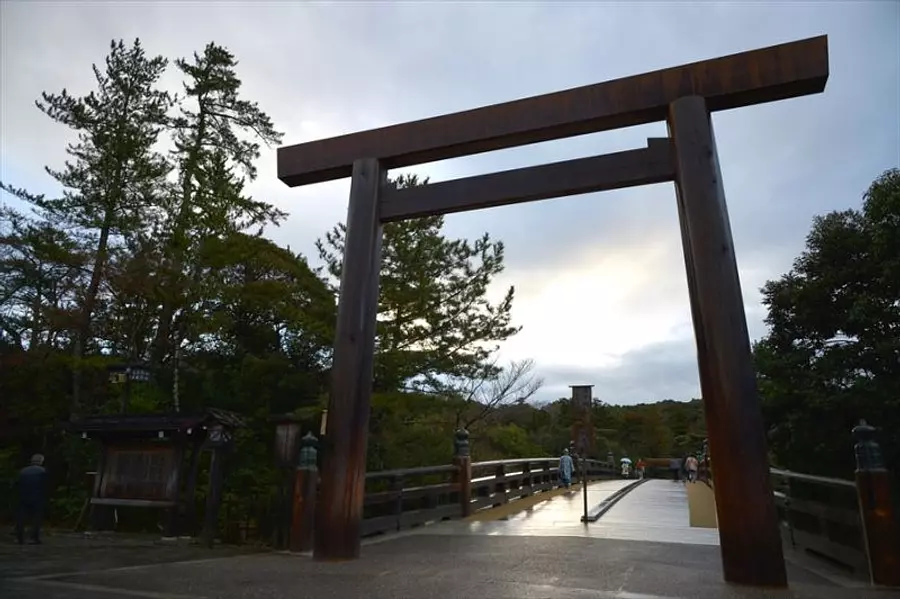
Japan's largest sanctuary, where Amaterasu-Omikami, the guardian deity of the Japanese people, is enshrined. Most of the vast grounds are forest, and you can enjoy a relaxing visit surrounded by the solemn and dignified air, the chirping of birds, and the gentle sunlight filtering through the trees.
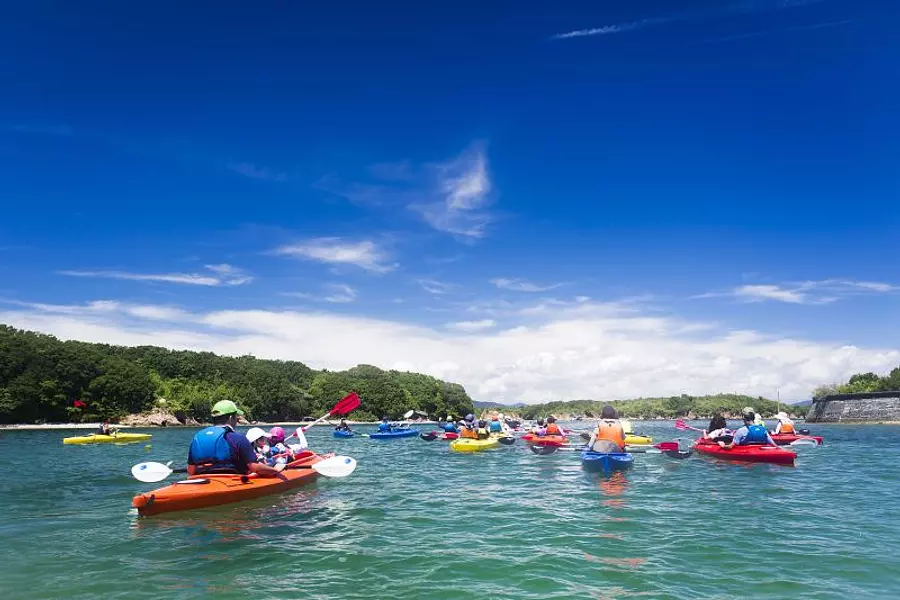
Prisoner of War Bay is a famous place where you can see the ria coast, which is a complex network of bays and coves. During the sea kayaking experience, you can enjoy the beautiful natural scenery while feeling the refreshing breeze of POW Bay.
Yoshino-Kumano National Park
Yoshino-Kumano National Park is a national park consisting of the central mountainous region, rivers, and coastline of the Kii Peninsula. It was designated as a national park in 1936. Some areas, including Mt. Nachi, the sacred site of the Kumano faith, are registered as World Heritage Sites.
Particularly recommended spots in Yoshino-Kumano National Park are Kumano River, Shichirimihama, and Osugidani.
If you are interested in this area, please visit the Yoshino-Kumano National Park special website ♪
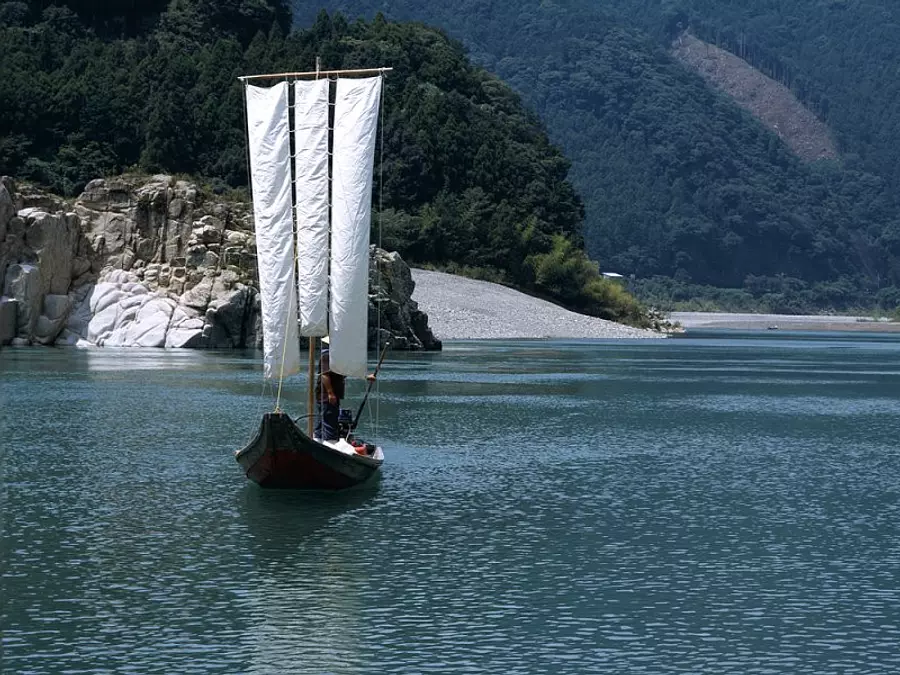
The Kumano River is a river registered as a World Heritage Site as a "river pilgrimage route" that connects the Kumano Sanzan. How about enjoying a boat trip along the Kumano River while admiring the majestic nature on the Santanho Cruise?
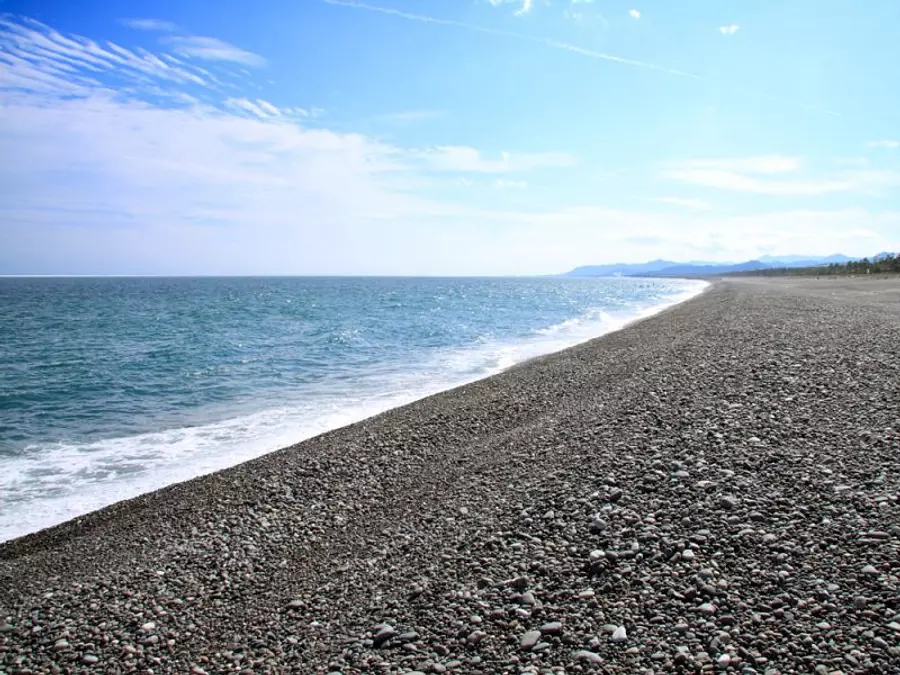
It is a beautiful coast that stretches for approximately 22km facing the Kumano Sea, and has been selected as one of Japan's 100 Best Beaches. It is also unique in that it is part of the pilgrimage route that connects IseJingu and Kumano Sanzan.
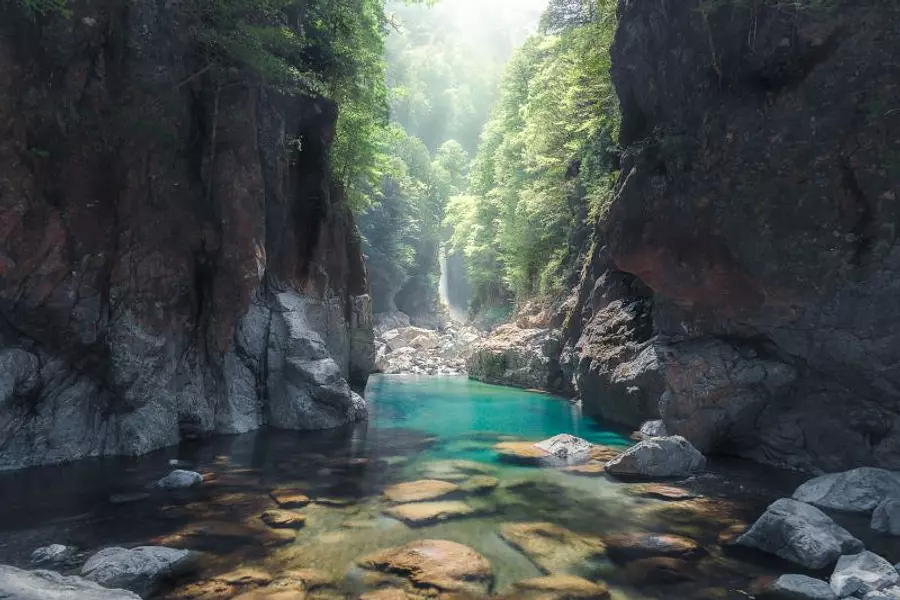
Osugidani is one of Japan's three major canyons, and is a hidden region filled with untouched nature, including rugged mountains and clear streams. Among them, Shishibuchi is particularly famous, and the huge rocks and the waterfall that can be seen between them are truly spectacular.
Suzuka Quasi-National Park
Suzuka Quasi-National Park is a quasi-national park centered on the Suzuka Mountains, which straddles Mie and Shiga prefectures.
Not only does it have an approximately 50km stretch of 800-1,000m-class mountains, creating an unusual landscape created by numerous huge and strangely shaped rocks, but it is also an area where the climates of the Pacific Ocean and the Sea of Japan collide, making it home to a wide variety of species. It is also attractive that it is home to a variety of flora and fauna. You can enjoy a relaxing hike while observing the various trees, flowers, and wild animals that change their appearance each season.
Particularly recommended spots in Suzuka Quasi-National Park are GozaishoRopeway and Yunoyama Onsen.
If you are interested in this area, please visit the Suzuka Quasi-National Park special website ♪

GozaishoRopeway
GozaishoRopeway allows you to enjoy a spectacular panoramic aerial view of Mt. Mt.Gozaisho, which is home to many rare plants and flowers and is also known as the ``Famous Mountains of 100 Flowers.''
In the spring, the azaleas are in full bloom, in the summer, the weather is so cool that even red dragonflies come here to escape the heat, and in the fall, you can enjoy the autumn leaves from mid-October to late November, painting the mountains in shades of red, yellow, and brown. And in winter, be impressed by the beautiful “frozen trees and icebergs”!
Yunoyama Onsen
A hot spring town with a history of 1,300 years, loved by literary greats and poets since ancient times. The hot spring, also known as "Deer Bath" because of the legend that a wounded deer healed its wounds, is said to be good for beautiful skin, and is popular among women as a beauty bath.
Murou Akame Aoyama Quasi-National Park
Murou Akame Aoyama Quasi-National Park is a quasi-national park located in central Mie Prefecture.
The Akame/ KaochidaniValley area in the deep mountains is said to have once been a training ground for ninjas, AoyamaPlateau area is soothing with its gentle undulations and vast panoramas, and you can enjoy mountain climbing and hiking through the series of mountains. "Misugi/Iitaka area". You can enjoy three different areas.
Particularly recommended spots in Murou Akame-Aoyama Quasi-National Park are `` TheAkame48Falls'' and ` AoyamaPlateau.''
If you are interested in this area, please visit the Murou Akame Aoyama Quasi-National Park special website ♪

A famous place where you can enjoy numerous waterfalls in the deep mountain valley. Selected as one of Japan's 100 Best Waterfalls and 100 Best Forests for Forest Bathing, the sound of the waterfall and the changing nature of the four seasons will soothe your soul. Another feature of the area is that Momochi Sandayu, the founder of the Iga ninja, used this area for training and is said to have produced many ninjas.
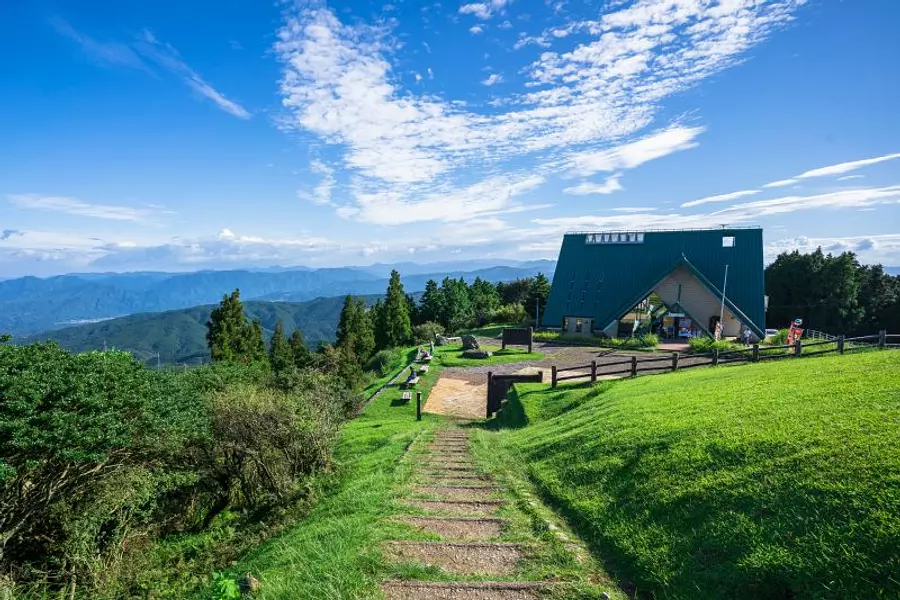
A prairie with an altitude of 600 to 800 meters and a length of approximately 15 kilometers from north to south. Blue skies, sunsets, starry skies, you can enjoy it at any time, and the lined windmills are a perfect driving and touring route that creates scenery you can't see anywhere else.
If you walk along the promenade and climb the stairs leading to the blue sky, a spectacular 360-degree panoramic view awaits you!
summary
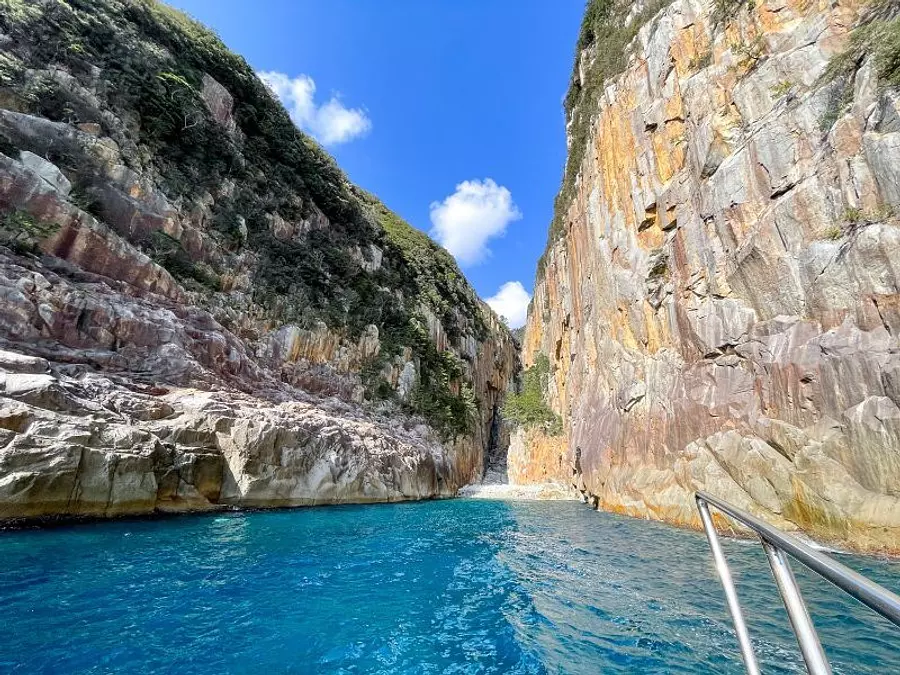
Why not spend your next holiday away from the hustle and bustle of everyday life and spend a relaxing moment in the middle of nature, thinking about the eternal history?
Click here for a comprehensive special site regarding national quasi-national parks.
| Category | |
|---|---|
| season |



